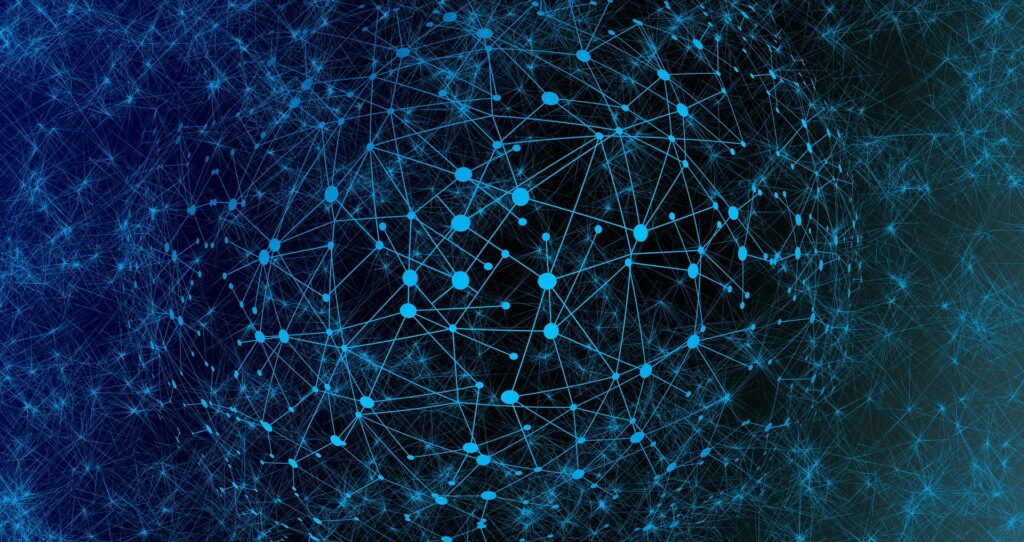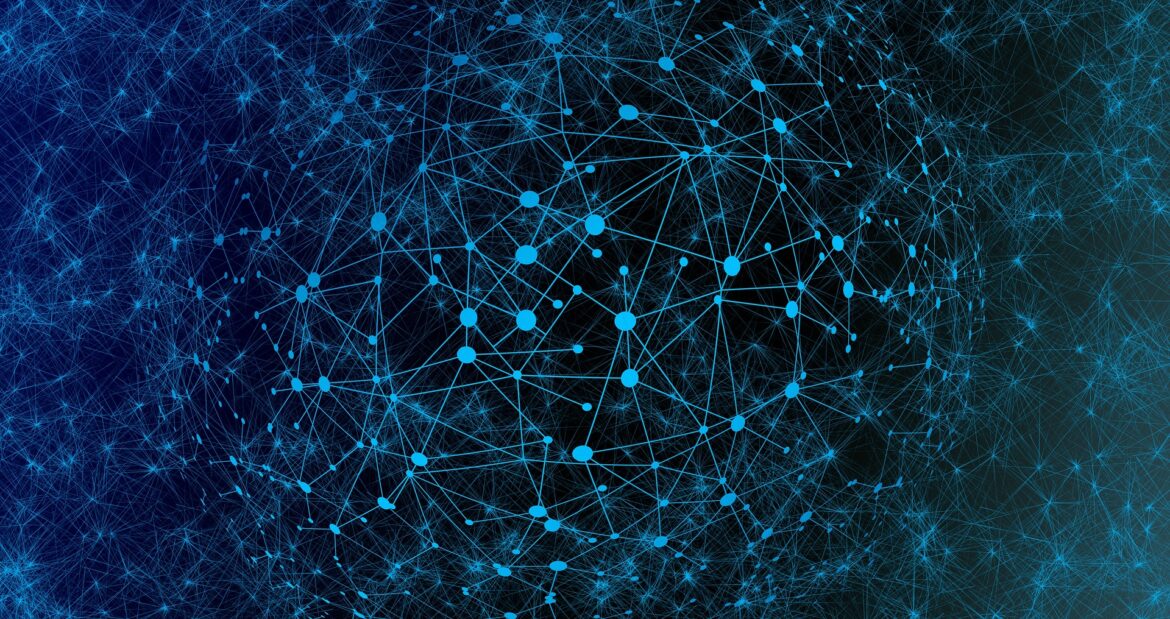COMPUTER MODELS OF INJURED BRAINS PREDICT NEUROLOGICAL DEFICITS IN STROKE
The fundamental mechanisms underlying the dynamics of brain activity are still largely unknown. Their knowledge could help understand the brain‘s response to pathological conditions, such as brain injury (strokes). Despite the efforts of the scientific community, the neural mechanisms underlying the functional and behavioral recovery of stroke patients are still poorly understood.
The study ‘Recovery of neural dynamics criticality in personalized whole brain models of stroke‘ published in Nature Communications, fruit of an international collaboration between physicists, neurologists, and psychologists, by Rodrigo Rocha, Loren Koçillari, Samir Suweis, Michele De Grazia, Michel Thiebaut De Schotten, Marco Zorzi and Maurizio Corbetta, proposes the theory of brain criticality to explain brain-behaviour relationships in neurological patients.
Interdisciplinary research in neuroscience, inspired by statistical physics, has suggested that healthy brain’s neural dynamics operate at a critical state (i.e., in the vicinity of a critical phase transition between order and disorder) that provides optimal functional capabilities. If criticality is indeed a fundamental property of healthy brains, then neurological dysfunctions shall alter this optimal dynamical configuration. Some studies have reported disrupted criticality during epileptic seizures, slow-wave sleep, anesthesia, and Alzheimer’s disease. However, a crucial test of the hypothesis requires showing alterations of criticality after focal brain injury that cause local alterations of the brain’s structural and functional architecture. Furthermore, these alterations shall improve over time in parallel to recovery. Another prediction is that if criticality is essential for behaviour, then its alteration after focal injury shall relate to behavioural dysfunction and recovery of function. Finally, changes in criticality should also correlate with plasticity mechanisms that underlie recovery.
“The aim of the present work was to address these important questions through an interdisciplinary approach combining neuroimaging, computational neuroscience, statistical physics, and data science methods“, explain Rodrigo Rocha (Department of Physics of the Federal University of Santa Catarina, Florianópolis, Brazil). “We examined how brain lesions change criticality using a novel personalized whole brain modelling approach. Our theoretical framework models individual (i.e., single patient) brain dynamics based on real structural connectivity networks. We studied longitudinally a cohort of first-time stroke and healthy participants with neuropsychological tests, and diffusion weighted imaging (DWI) and functional MRI (fMRI) connectivity measures. We found that patients affected by stroke present at three months decreased levels of neural activity, decreased entropy, and decreased strength of functional connections. All these factors contribute to an overall loss of criticality that improves over time with recovery. We also show that changes in criticality predict the degree of behavioural recovery and critically depend on specific white matter connections. In summary, our work describes an important advance in understanding the alteration of brain dynamics as well as brain-behaviour relationships in neurological patients” says Rodrigo Rocha.

“Our results show that personalized whole brain computer models can be used to track and predict stroke recovery at the level of single patients, thereby opening promising paths for novel interventions as computer models will allow to test the efficacy of different strategies to improve function” concludes Maurizio Corbetta (Department of Neuroscience and Padova Neuroscience, University of Padua, and Venetian Institute of Molecular Medicine).

R.P.R. was funded by Research, Innovation and Dissemination Center for Neuromathematics (FAPESP) and the National Council for Scientific and Technological Development (CNPq), Brasil, to RR; M.T.dS by European Research Council (ERC) H2020 (grant# 818521); M.D.F. and M.Z. the Italian Ministry of Health (Grant# RF-2013-02359306); M.C. by the Italian Ministry of Research Departments of Excellence (2017-2022), CARIPARO foundation (Grant #55403), Italian Ministry of Health (Grant# RF-2018-12366899; RF-2019-12369300), H2020-SC5-2019-2 (Grant # 869505); H2020-SC5-2019-2 (Grant # 869505).
Info sheet
Who: Department of Physics of the Federal University of Santa Catarina; Laboratory of Neural Computation Istituto Italiano di Tecnologia (Rovereto); Department of Physics and Astronomy of the University of Padua; Brain Connectivity and Behaviour Laboratory of the Sorbonne Universities; Groupe d’imagerie Neurofonctionnelle of the University of Bordeaux; Department of General Psychology of the University of Padua; IRCCS San Camillo Hospital Venice; Department of Neuroscience and Padova Neuroscience Center (PNC), of the University of Padua; and, Veneto Institute of Molecular Medicine (VIMM)
What: Interdisciplinary approach to study the role of brain criticality and brain-behavior relationships in neurological patients published in Nature Communications: Recovery of neural dynamics criticality in personalized whole brain models of stroke.

Press release from the University of Padua.




